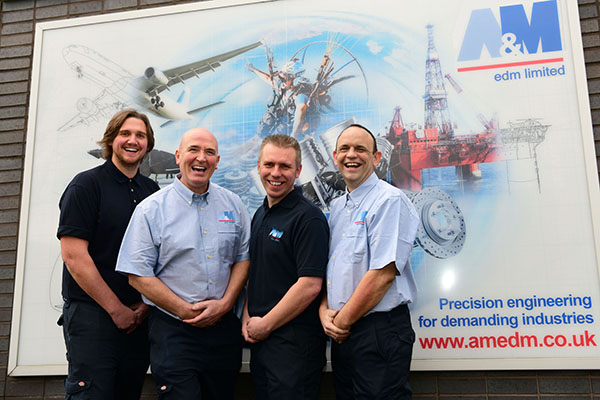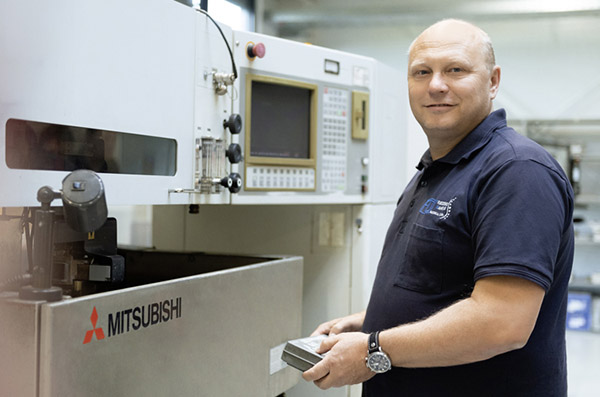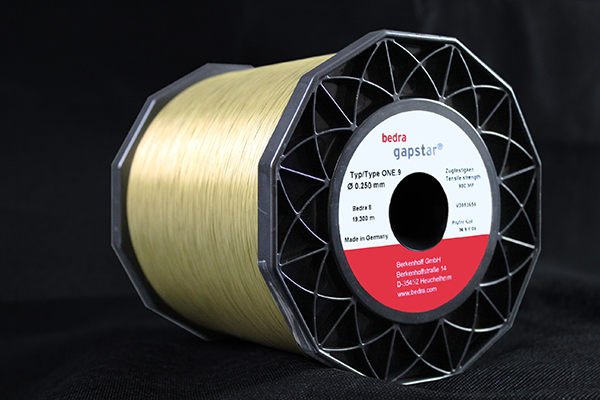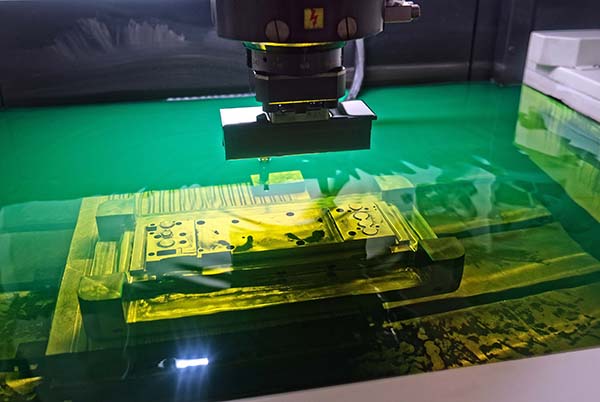A&M EDM, a Smethwick-based precision engineering company, has promoted four of its managers to director positions as it seeks out future development. The promotions are: Lee Finch, production director EDM; Stuart Talbot, production director CNC; Gary Surman, technical director CNC; and Arthur Watts, technical director EDM.

Manufacturing precision components and tooling for aerospace, automotive, manufacturing assembly and motorsport customers, the workforce at A&M EDM has doubled since 2013, to 70 staff, with annual sales of over £6m.
The company’s newly appointed directors will work with managing director Mark Wingfield on future strategy, and assume responsibility for day-to-day operations across the company’s two factories.
Watts and Finch are responsible for A&M’s spark and wire-erosion EDM output. A&M started business in 2002 as an EDM contact shop and now offers one of the largest commercial EDM services in the UK.
Surman and Talbot will lead A&M’s growing precision machining capabilities. The company currently has 29 CNC milling and turning machines that manufacture prototypes and production runs of components and tools.
“All four have made an invaluable contribution to A&M’s success as managers; they are all talented engineers who will ensure we continue to prosper and deliver quality components as fast as possible for our customers,” says Wingfield.
For further information www.amedm.co.uk























